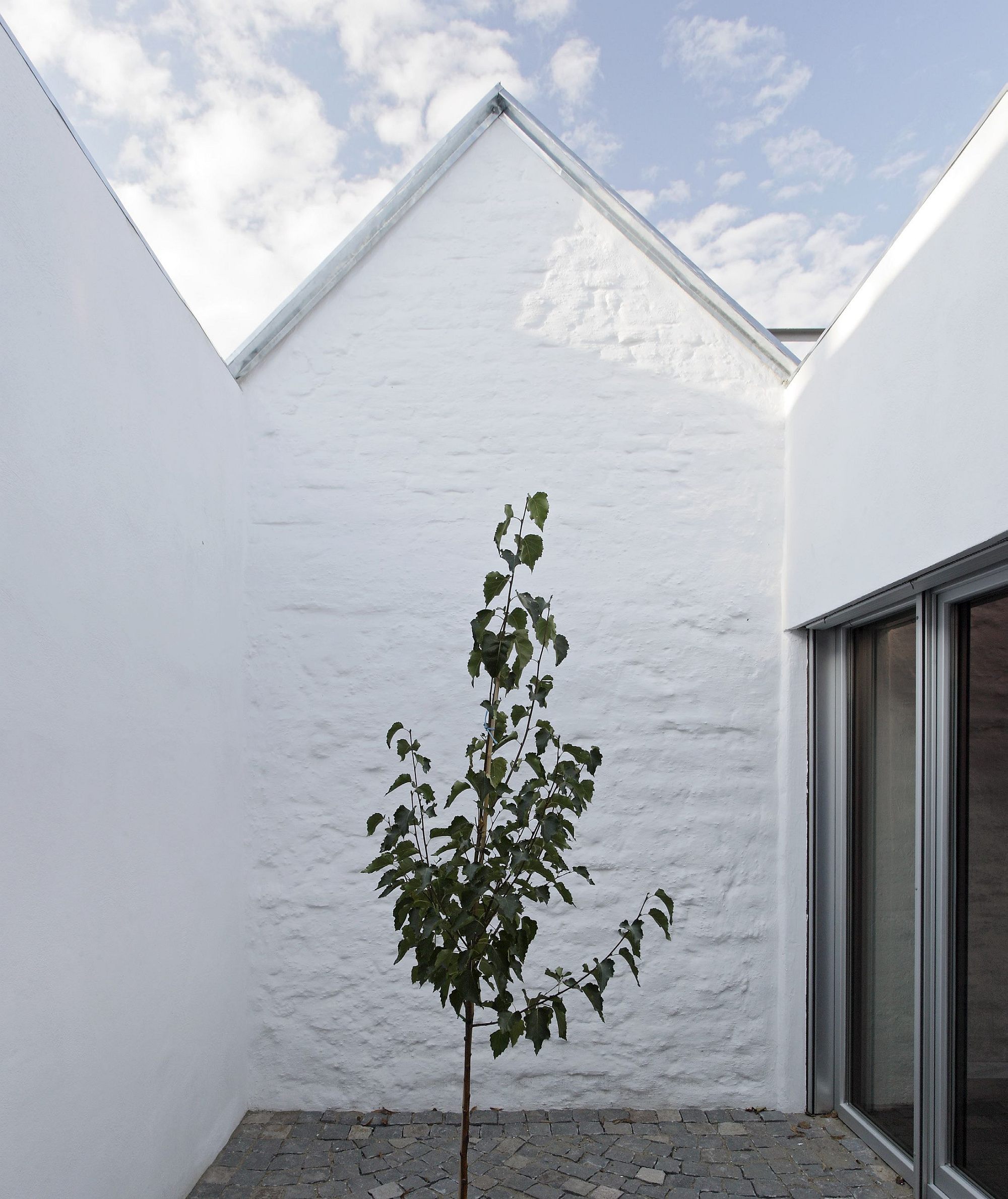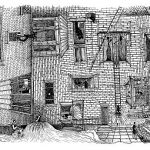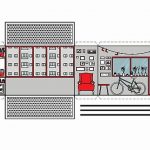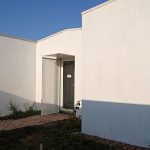Text: Ștefan Ghenciulescu
One month ago, Claudiu Cobilanschi and the team from The Project Salon invited me to a discussion about the archive of Mihai Oroveanu[1].. Obviously, we talked a little before the recorded discussion. At some point, Claudiu – who’s an artist – tells me: “You speak like a architect”. I didn’t really understand what he was talking about, as it seemed to me that I avoided those terms of ours – section, functionalism, urban fabric, free plan, program or I don’t know what else. Claudiu goes on: “You, architects, when you talk about buildings – no matter their size or function -, you always call them `houses`”. He was right. For architects, any construction is, above all, a house. As if the original house, the primitive hut of the Abbé Laugier, had produced in the meantime only houses to live, to work, to learn, to gather, to pray and so on.
From the opposite perspective, in the Romanian rural world, the house can be a room. “The good room” is often called “The good house”, “The big house”. Calling rooms houses perdures. I must admit that, although I was born in the city, and in a family that lived in the city for a long time (with an architect father), I also got used to saying that I go ‘in the house’, instead of going to the living room. I still have this reflex when I am in my own home. And that’s even though we really used and still use the living room intensely.
Does it happen to you too?
 * architects: Heierle & Trofin, Galați, 2012. Photo: Andrei Mărgulescu
* architects: Heierle & Trofin, Galați, 2012. Photo: Andrei Mărgulescu
On the other hand, there’s this old discourse in the theory of architecture according to which the public space of the traditional (western) city is also a set of rooms (squares) and corridors (streets). It speaks of “urban salons”, meaning relatively small spaces, well defined, with a small scale and a pleasant atmosphere. Louis Kahn[2] has an excellent text on this subject. That’s not really the case of the modern and contemporary city anymore, neither in the West nor in our country. But somehow, in Romania or in the region, it would not occur to anyone (unless he is an architect) to refer to public spaces, even the historical ones, in terms of domestic places. Because, most of the time, “Home” means for us just the home itself, today more closed and more private than ever. Home is “inside” even when you’re in the yard, while “outside” belongs to no one. I’m starting to think that when we start talking (like) about houses when we refer to squares and streets as well, it will be a sign that we are beginning to recover and share the city again.
[1] Promo: we will publish an article about the archive as an artistic, archiving and design project in the next issue. It is very, very interesting what’s going on there.
[2] The Room, the Street and the Human Agreement, 1973, A+U







